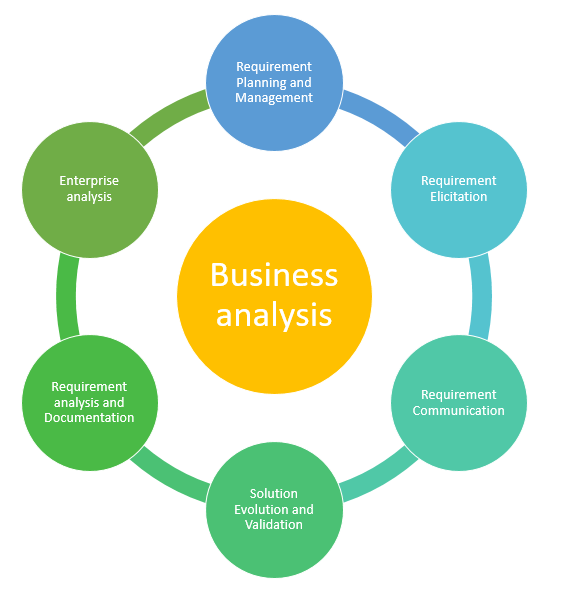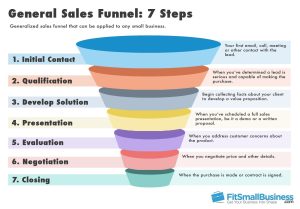
In today’s rapidly evolving business landscape, companies are increasingly relying on data-driven insights to make informed decisions and gain a competitive edge. Business analytics plays a vital role in this process, as it provides the tools and techniques to extract valuable insights from vast amounts of data. By leveraging business analytics effectively, companies can uncover patterns, trends, and correlations that lead to more informed decision-making. In this article, we explore key strategies for utilizing business analytics to make data-driven decisions.
1. Define Clear Business Objectives
Before delving into the world of business analytics, it’s essential to have a clear understanding of your organization’s specific objectives. While data holds immense potential for insights, knowing what questions you want to answer is crucial. Clearly defined objectives help guide the analytics process and ensure that efforts are focused on delivering actionable insights that align with the organization’s goals.
2. Collect and Organize Relevant Data
To extract meaningful insights, you need to collect and organize relevant data that aligns with your business objectives. This data could range from sales figures and customer demographics to website traffic and social media engagement. Leveraging a robust data management system that can efficiently collect, store, and organize data is crucial to ensuring its quality and accessibility.
3. Choose the Right Analytical Tools
With an abundance of analytical tools available, it’s essential to identify the right ones that align with your business needs. From statistical modeling and data visualization to predictive analytics and machine learning, an array of tools can help turn raw data into valuable insights. Evaluate the features, capabilities, and user-friendliness of various tools to determine the best fit for your organization.
4. Create Dashboards for Real-time Monitoring
Real-time data monitoring allows organizations to stay informed and make decisions promptly. Dashboards provide a comprehensive view of key metrics and performance indicators. By visualizing data in a user-friendly format, decision-makers can quickly identify trends, patterns, and outliers. Interactive dashboards enable users to filter and drill down into specific data points, facilitating deeper analysis and more informed decision-making.
5. Employ Descriptive and Predictive Analytics Techniques
To derive insights from data, businesses employ various analytics techniques. Descriptive analytics focuses on analyzing historical data to understand what has happened in the past. This technique helps identify patterns, trends, and anomalies. Predictive analytics, on the other hand, utilizes historical data to predict future outcomes and trends. By understanding these techniques, businesses can leverage them effectively to gain a better understanding of their operations and anticipate future challenges and opportunities.
6. Foster a Data-Driven Culture
A successful adoption of business analytics requires fostering a data-driven culture within an organization. This involves promoting the importance of data-driven decision-making at all levels and ensuring employees have the necessary skills to interpret and leverage data effectively. Encourage collaboration between different teams to share insights and findings, enabling a culture of data-driven decision-making that permeates throughout the organization.
7. Continuously Monitor and Evolve
Business analytics is an iterative process that requires constant monitoring and evolution. As market dynamics change and new data becomes available, it’s crucial to regularly revisit strategies and refine analytical models. Continuously monitoring the effectiveness of your analytics efforts and incorporating feedback from decision-makers enables ongoing improvement and optimization.
Conclusion
In a data-driven world, harnessing the power of business analytics is essential for making informed decisions. By defining clear objectives, collecting relevant data, choosing the right tools, and fostering a data-driven culture, organizations can unlock valuable insights that enhance decision-making and drive success. Continuous monitoring, refinement, and evolution of analytics strategies enable businesses to stay ahead of the curve and adapt to emerging challenges and opportunities effectively.
Embrace the power of business analytics and take your decision-making to new heights!

